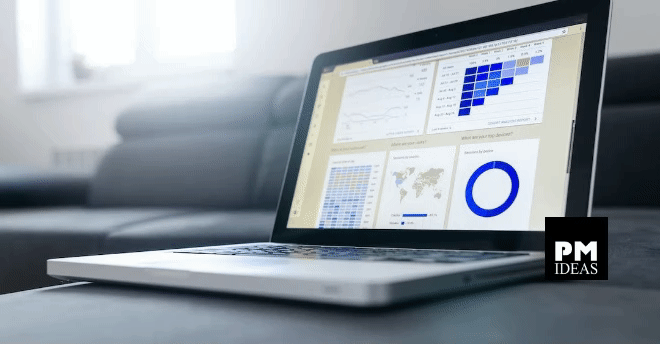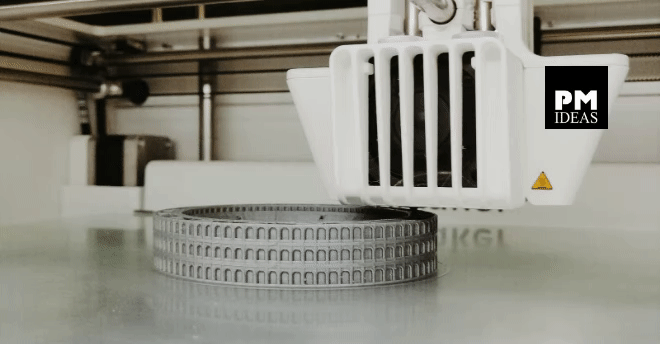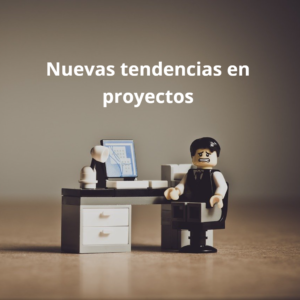https://media.moneyweek.com/image/private/s–X-WVjvBW–/f_auto,t_content-image-full-desktop@1/v1649960982/editorial/2022/coverstory.jpg
The construction industry is booming. From houses to motorways, demand has never been higher. But while demand has increased, productivity hasn’t. The productivity of workers in the two decades up until 2017 increased by just 1% per year, compared with 2.8% for the global economy and 3.6% for manufacturing, according to consultancy McKinsey.
With long-term labour shortages looming, there are big opportunities to improve the way the industry works. Construction is facing four major challenges, says Russell Haworth, chief executive of construction technology platform NBS.
First, there is an increased emphasis on safety. Second, there has been a big jump in the quality of building that people expect. Environmental sustainability is also a hot topic as governments talk of trying to cut net carbon emissions to zero. Finally, the industry is facing staff shortages and attempts to recruit a new generation of workers are running into construction’s reputation for the “three Ds”: dirty, dull and dangerous. Many of these issues can be tackled through better use of technology.
Cutting out the paperwork
The first major innovation is digitisation. Almost every construction project goes through several stages: coming up with the original idea; drawing up the designs; preparing the construction; execution and building; operation and maintenance; and finally demolition and recycling. Manufacturers are also involved in building everything from windows to fireretardant systems. Up until recently plans for each stage of the project were drawn up with pen and paper, and the process still largely involves people in various parts of the supply chain sending separate files to each other.
This creates a huge amount of paperwork, which makes it hard to make changes if problems emerge and slows down communication between different parts of the supply chain. Having all the data on a single digital platform reduces the amount of paperwork, compared with pen and paper, or even individual digital files, and also allows those at various stages of construction to communicate more efficiently, says Haworth.
For example, designers “can specify a building that meets safety codes at an early stage of development”, with manufactures “immediately starting to build components that meet these requirements”. The benefits of digitisation don’t stop there, says Jonathan Hunter, chief executive of software company Eleco.
Software such as that made by his company – which has been used in projects ranging from the Shard to the London Eye and the redevelopment of the V&A Museum in London – can help speed up the pace of construction.
This is because sharing of data between contractors on a project allows firms to monitor progress in real time, “adjusting their schedules according to how it is developing”, so if there is a delay in the project “the manager can add extra resources”. What’s more, digitisation can also help designers to create more efficient and sustainable buildings, by allowing them to make better estimates of a building’s costs over its lifespan, says Hunter. Both factors are “increasingly important these days”: not only do buildings with green credentials “attract higher rents”, but there is also now a general recognition that operational costs, rather than upfront expenses, are the most important factor in determining the viability of a project. Studies show that when you look at the total cost over a building’s lifespan, 85% “is in the operation, with construction accounting for only 15%”, he says.
With digital technology reaching the point “where an entire project-management platform can be put on an app”, digitisation is about to reach a tipping point where it begins to be widely adopted, say Ibrahim Imam and Sander van de Rijdt, the founders of construction project-management software company PlanRadar.
They already have 16,000 clients using their software, but they think that this is just a “drop on a hot stone” compared with the huge potential demand for digital technology. “Up to 2.5 million companies around the world could benefit from this technology.”
Improving accuracy with augmented reality
Digital project management may be just the first step in the construction technology revolution. The use of augmented reality (AR) “is still in its pilot phase”, but has long-term potential, say Imam and van de Rijdt. AR is similar to virtual reality, in that it involves immersing people in computer-generated reality via special goggles or a headset. However, rather than completely replacing the physical reality, augmented reality combines the two, “so you can overlay the real-world plans with computer graphics and compare the two”. XYZ Reality is already developing tools for applying AR technology to construction. Its system allows those working on construction sites essentially to “view holograms of the building to millimetre accuracy”, says XYZ’s founder David Mitchell.
This allows engineers and builders to visualise where buildings, structures and fittings should be placed, and to check if they have been built correctly. Crucially, AR also ensures builders “build things right the first time” – something existing technologies, such as laser tools, are unable to facilitate. This last point is important since inaccuracy and waste is an Achilles heel for the construction industry, says Mitchell.
He notes that 80% of construction works are built to a degree of inaccuracy that is out of engineering tolerance, with 10% built so badly that they have to be redone. This reworking is environmentally unfriendly – in terms of waste and carbon emissions – costly and time consuming. He claims that his customers have been able to cut the amount of reworking required from 10% to 1%, saving them around nine times the cost of the system.
Changing data, changing plans
Digitisation and AR can help ensure that all parts of the construction supply chain follow the plan, but what if the plan itself needs to be changed? At the moment most building plans “are quite static, in that it’s hard to change them”, says Juan de Dios Hermosín Ramos of technology and engineering firm Ayesa.
However, even the best plans and designs could always do with some tweaking in light of an unexpected development or feedback. As a result, the next major area of innovation will be in “dynamic modelling”, he says. In essence, this is where the plans are adjusted in light of the new data. Until now, this has been very difficult to do.
But the combination of cheap sensors with digitisation means that it should become increasingly common for all those involved in a project to receive a huge amount of data, giving them an indication of emerging problems. Consider the example of a building that starts to vibrate because of a flaw, or something that the architects didn’t anticipate, such as wind, says Hermosín.
This might only be detected years after the building was constructed, by which point fixing it could become extremely expensive. With sensor technology “such vibrations could be picked up at an early stage of the project, alerting those involved that the design needs to be changed”.
The idea of information flowing from the building or infrastructure “is still in its early stages, and expensive to implement”. However, with the industry as a whole “much more open to using technology”, we can expect “some quite radical changes in this direction over the next two to three years”, creating “big opportunities” for companies in this area.
Robots and humans working together
One reason why construction has failed to keep pace with the gains in productivity experienced by manufacturing is because it is “one of the least roboticised industries”, says Kevin Albert of robotics firms Canvas. It is no coincidence that productivity took off in manufacturing and logistics during the 1980s, “the same period when industrial robots started to enter the mainstream”, he argues. Implementing robotics in these sectors was simpler: “while industrial environments are standardised and certain, every building is different”.
But developments in sensors mean that it is increasingly possible to automate “dynamic and uncertain” environments, such as building sites. A case in point is Canvas’s own robots, which focus on drywall finishing in buildings. While this may seem a niche area, it is very labour intensive, “incredibly physically tough” on workers who have to prepare the paint and then apply and sand it, and has a tendency to “create bottlenecks” in the building process.
By automating parts of the process, the robots can “cut the time needed from f
Fuente: PMideas (How high-tech is the future of the construction industry).





























